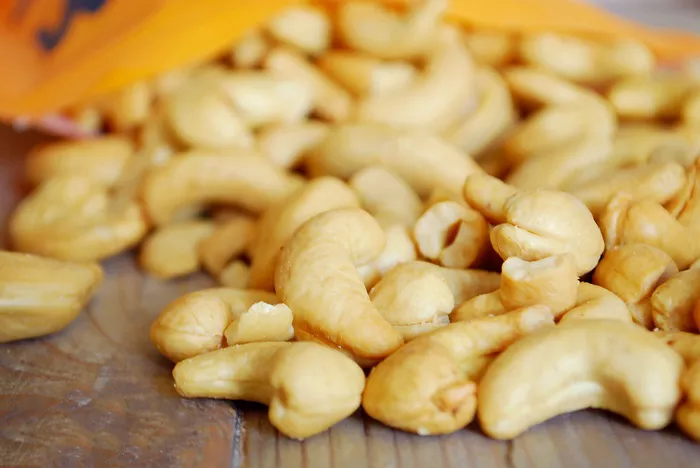The air quality in Hong Kong has significantly worsened due to a dust-laden air stream linked to the northeast monsoon, which began affecting the region on April 12. The Environmental Protection Department (EPD) reported that the air quality health risk has escalated to “high” to “very high,” with particulate matter (PM10) levels exceeding 200 micrograms per cubic meter in several areas. In some locations, PM10 concentrations have surpassed 300 micrograms.
Health Risks and Advisory
Respiratory medicine specialist Dr. Leung Chi-chiu warned that the tiny particles of PM10 and PM2.5 are easily inhaled and can lead to respiratory inflammation, particularly affecting individuals with pre-existing respiratory or cardiac conditions. Vulnerable groups, such as the elderly and children, are at heightened risk. Dr. Leung advised these individuals to stay indoors and avoid strenuous outdoor activities to mitigate exposure to the hazardous air.
The dust storm, which originated from Inner Mongolia, is expected to last for a couple of days before dissipating as the wind patterns shift.
Impact on Visibility and Health
On April 13, visibility across Victoria Harbour was reduced significantly due to the dust storm, prompting many residents to wear masks while outdoors. At 11 a.m. on April 14, the EPD reported “very high” health risk levels across multiple districts in the city, including Central, Kwun Tong, and Tuen Mun, with health indices in some areas reaching dangerous levels.
Dr. Leung explained that PM10 particles, while larger, still pose a significant threat as they can irritate the respiratory system, although they are less likely to penetrate deep into the lungs compared to the smaller PM2.5 particles. The fine particulate matter PM2.5, which is more harmful to lung function, was recorded at concentrations between 70 and 80 micrograms.
Medicalization of Dust Storm Health Risks
The influx of dust particles, while not from industrial sources, still carries potential health risks. Dr. Leung noted that individuals with compromised lung function should take extra precautions. He suggested using N95 masks for those who need to venture outdoors and keeping windows closed for those staying inside.
Dr. Leung also mentioned that while the dust storm is not as harmful as industrial pollution, individuals exposed to it for prolonged periods could experience increased health burdens, particularly those with underlying conditions like asthma.
Rise in Health Complaints
Family doctor Lam Wing-wo reported an increase in asthma patients seeking treatment in recent days due to the sandstorms. He also noted that many patients have been experiencing persistent coughing at night, disrupting their sleep. This is especially common in individuals with compromised immune systems, such as the elderly, pregnant women, and those with chronic respiratory diseases or allergies.
Lam urged the public to take preventive measures, such as using air purifiers and limiting outdoor activities, while continuing to wear N95 masks to reduce exposure to airborne pollutants.
Conclusion
As the dust storm continues to affect Hong Kong’s air quality, health experts are urging the public, especially vulnerable groups, to take necessary precautions. With the air quality forecast to remain “moderate” to “serious” throughout the next few days, residents are advised to stay informed and prioritize their health during this period of environmental distress.
Related Topics

































